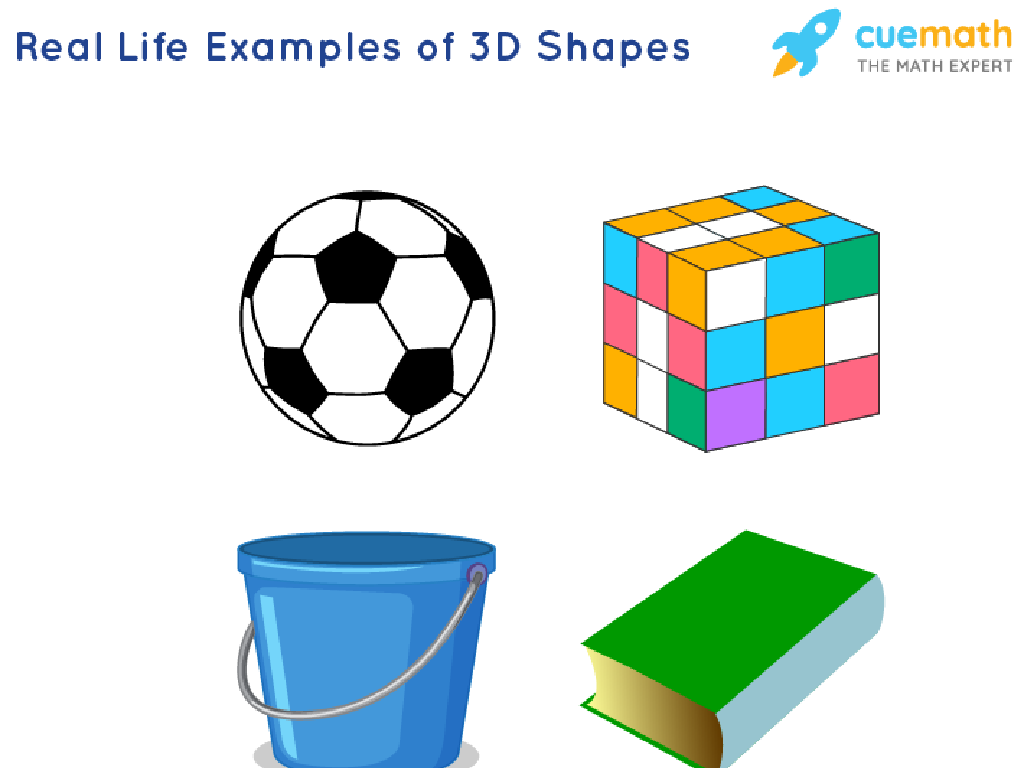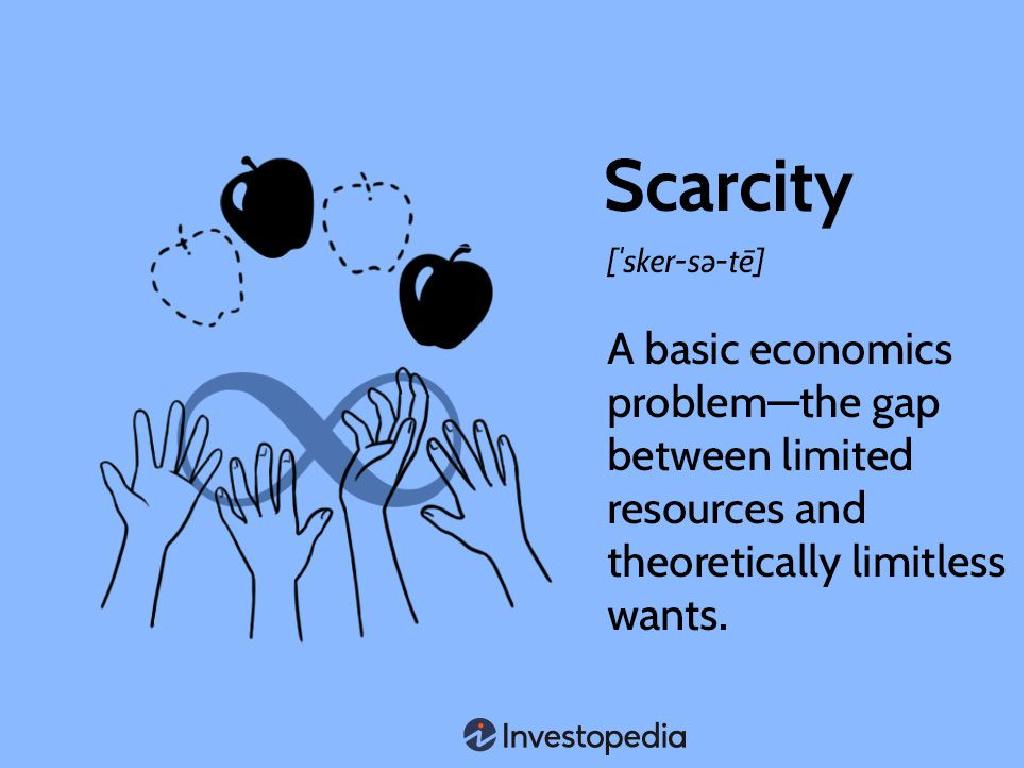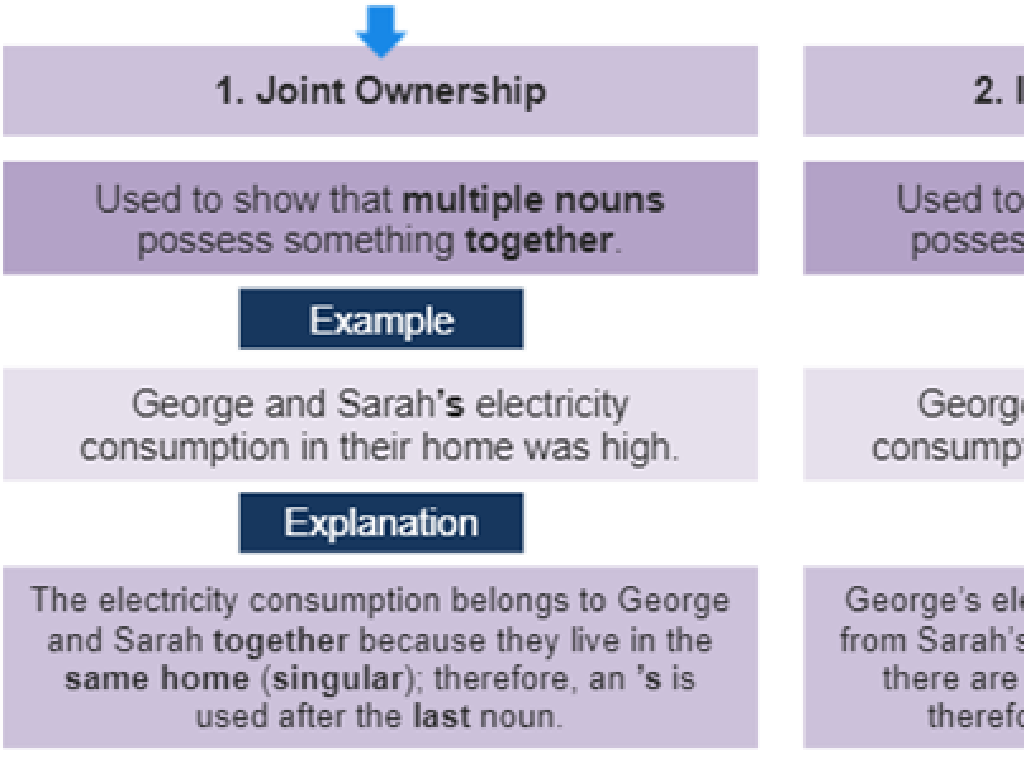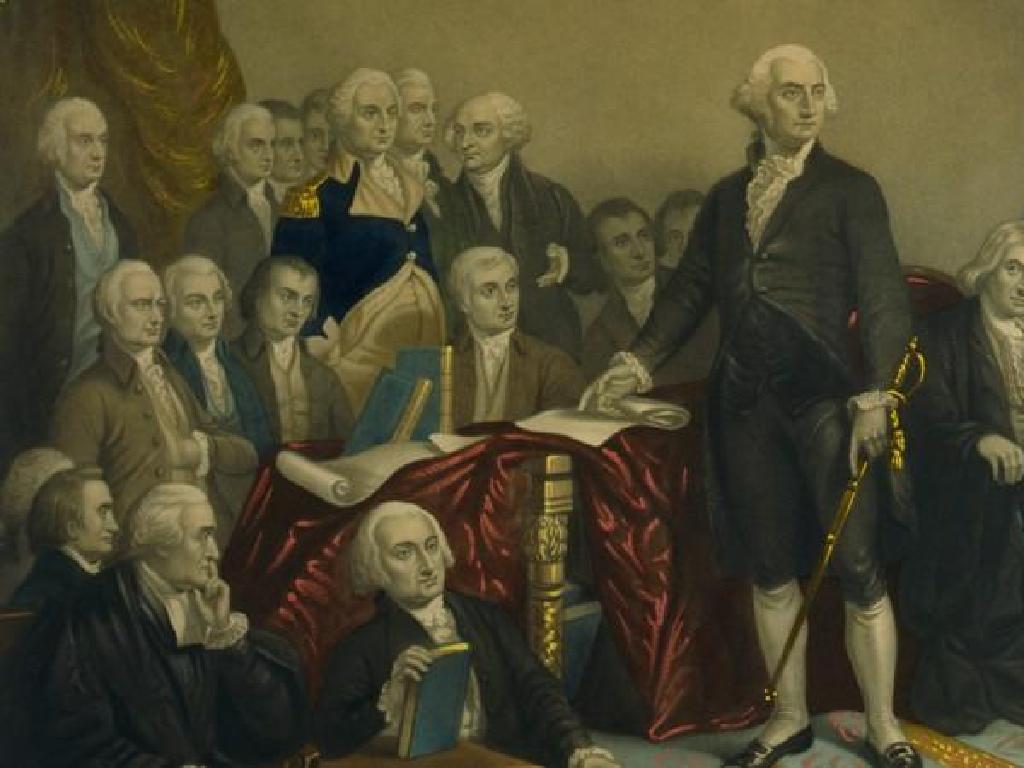Solve One-Step Inequalities
Subject: Math
Grade: Sixth grade
Topic: One-Variable Inequalities
Please LOG IN to download the presentation. Access is available to registered users only.
View More Content
Introduction to One-Step Inequalities
– Inequalities: Beyond Equality
– Inequalities show relationships where one value is not equal to another, using symbols like >, <, e, d.
– Exploring One-Step Inequalities
– One-step inequalities involve a single operation to solve, similar to one-step equations.
– Real-World Inequality Scenarios
– Examples: Number of people in a car for a carpool, minimum height for a ride at an amusement park.
– Solving Inequalities: Basic Rules
|
This slide introduces students to the concept of inequalities, which are statements about the relative size or order of two values. It’s crucial to explain that inequalities are not just about ‘equals’ but include ‘greater than’ and ‘less than’ relationships. One-step inequalities are the simplest form of inequalities where only one operation is required to find the solution. Provide real-life examples to help students understand the practical applications of inequalities, such as determining if they have enough money to buy an item or if they meet the age requirement for a movie. Teach the basic rules for solving inequalities, emphasizing that the inequality sign flips when multiplying or dividing by a negative number. This foundational knowledge will be built upon in subsequent lessons.
Understanding Inequality Symbols
– Greater Than (>) and Less Than (‘ means more, ‘ 3, 2 5 or 2x d 8
|
This slide introduces students to the basic symbols used in one-step inequalities. Start by explaining the symbols for ‘greater than’ and ‘less than’, and then move on to ‘greater than or equal to’ and ‘less than or equal to’. Emphasize that the ‘equal to’ part of these symbols means the number itself is included as a possible solution. Introduce ‘not equal to’ as a way to represent when two things are not the same. After explaining each symbol, provide students with practice problems to apply their understanding of these symbols in the context of solving one-step inequalities. Encourage students to think of these symbols as a balance scale where both sides need to be considered.
Solving One-Step Inequalities
– Understand the Golden Rule
– What you do to one side, do to the other
– Add/Subtract to find solutions
– Keep the inequality balanced
– Example: x + 3 > 5
– Solve x + 3 > 5 by subtracting 3
– Example: m – 4 < 8
– Solve m – 4 < 8 by adding 4
|
This slide introduces students to the fundamental concept of solving one-step inequalities. The Golden Rule of Inequalities states that whatever operation you perform on one side of the inequality, you must also perform on the other side to maintain balance. This is crucial for students to understand as it underpins all operations with inequalities. Provide examples like x + 3 > 5 and m – 4 < 8 to illustrate how to isolate the variable by adding or subtracting. Encourage students to practice with similar examples and ensure they understand that the direction of the inequality sign does not change when adding or subtracting.
Multiplication & Division in Inequalities
– Multiply/Divide by positive numbers
– Effects of multiplying/dividing by negatives
– Flips the inequality sign
– Example: 4n d 12 solution
– Divide both sides by 4, n d 3
– Example: y/5 > 3 solution
– Multiply both sides by 5, y > 15
|
When solving inequalities, multiplying or dividing both sides by a positive number will not change the direction of the inequality sign. However, when we multiply or divide by a negative number, the inequality sign must be flipped. For example, in the inequality 4n d 12, we divide both sides by 4 to isolate n, resulting in n d 3. In the inequality y/5 > 3, we multiply both sides by 5 to solve for y, giving us y > 15. It’s crucial for students to practice these operations and understand the rule about the direction of the inequality sign when dealing with negative numbers.
Graphing One-Step Inequalities
– Graphing inequalities on a number line
– Plot the solution set of an inequality on a number line.
– Open vs. Closed circles explained
– Open circle: > or 3 and x d 5 on a number line.
– Understanding inequality symbols
– Symbols >, <, e, d indicate the relationship between values.
|
This slide introduces students to the concept of graphing one-step inequalities on a number line. It’s crucial to explain the difference between open and closed circles, as they represent whether a number is included in the solution set or not. Open circles are used for ‘greater than’ (>) or ‘less than’ ( 3 and x d 5, and ensure they understand how to interpret and draw the inequality symbols on the number line. Encourage them to practice with additional examples to solidify their understanding.
Solving One-Step Inequalities: Practice
– Solve 2x > 10
– Divide both sides by 2 to find x
– Graph the solution of 2x > 10
– Show x on a number line where x > 5
– Solve p + 5 d 20
– Subtract 5 from both sides to find p
– Graph the solution of p + 5 d 20
– Show p on a number line where p d 15
|
This slide is designed for class activity, where students will practice solving one-step inequalities and graphing their solutions. For the first problem, guide students to divide both sides of the inequality by 2 to isolate x, resulting in x > 5. Then, have them draw a number line and graph the solution set. For the second problem, instruct students to subtract 5 from both sides of the inequality to solve for p, yielding p d 15. Again, students should graph this on a number line. Encourage students to check their solutions by picking numbers from the solution set and substituting them back into the original inequality. Provide additional similar problems for students who finish early or need extra practice.
Class Activity: Inequality Match-Up
– Match inequalities to graphs
– Pair up for collaboration
– Discuss matching strategy
– How did you decide which graph matches which inequality?
– Share findings with class
|
This activity is designed to reinforce the concept of one-step inequalities by having students work in pairs to match given inequalities with their corresponding graph representations. Provide each pair with a set of inequality cards and graph cards. Encourage them to discuss their thought process as they work through matching each pair. This collaborative effort will help them learn from each other and solidify their understanding of the topic. After the activity, facilitate a class discussion where pairs share their strategies and findings. Possible activities for different pairs could include matching inequalities with word problems, real-life scenarios, or different types of graphs. This will cater to various learning styles and keep the activity dynamic.
Wrapping Up: One-Step Inequalities
– Review of solving inequalities
– Why inequalities matter
– Understanding inequalities is crucial for real-life problem solving.
– Homework: 10 problems to solve
– Practice with different inequality types: , d, e.
– Graph your solutions
– Use a number line to graphically represent your answers.
|
As we conclude today’s lesson on one-step inequalities, it’s important to recap the methods we’ve used to solve them. Emphasize the importance of mastering these concepts, as they are foundational for future math topics and practical applications in everyday life. For homework, students are tasked with solving 10 one-step inequalities, ensuring they practice with all forms of inequalities. Additionally, they must graph their solutions on a number line to visually understand the range of possible solutions. This exercise will reinforce their learning and help them visualize the concept of inequalities. In the next class, we can review their homework, address any challenges, and celebrate their successes.






